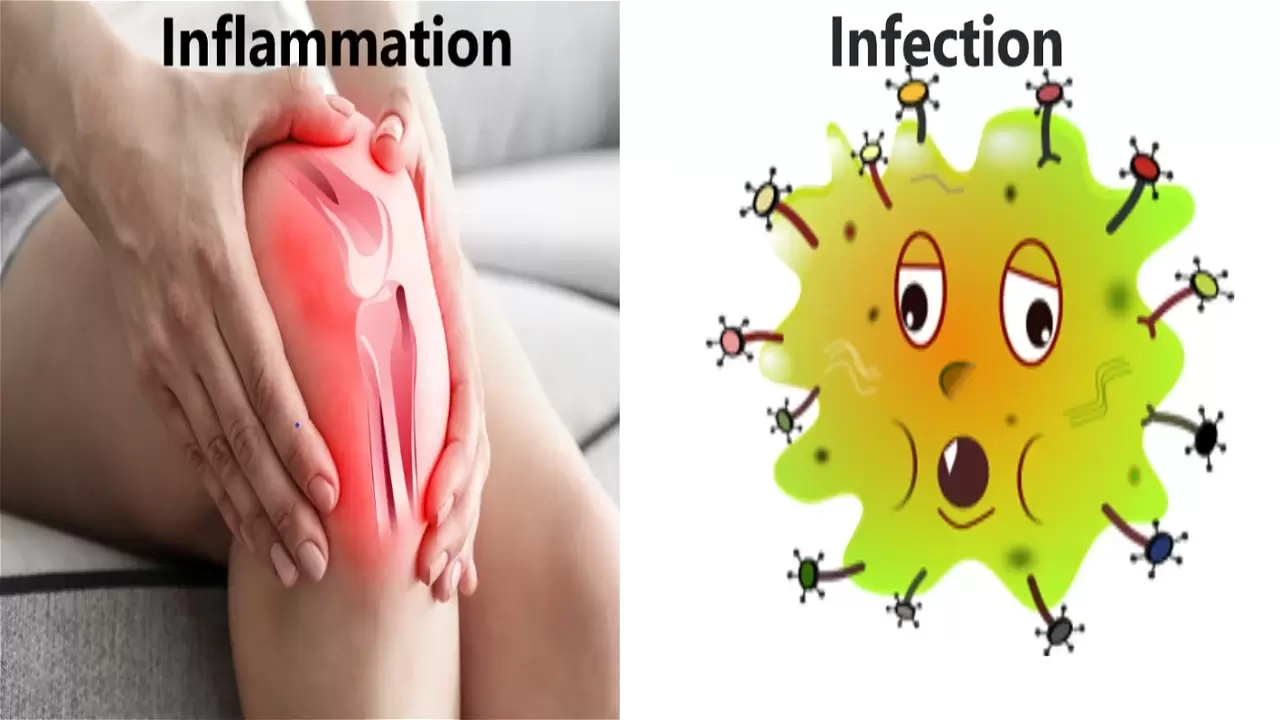
Pain and inflammation are mirror images of each other. All humans suffer pain and inflammation throughout their lives. Infections are not necessarily the result of pathogenic infection, but infection creates inflammation.
The broad suggested definitions (without using synonyms) of inflammation and physical pain mirror each other.
Link : Pain (Wikipedia)
If you look for definitions for physical pain, you will find that they are not uniform. It is worth emphasizing that pain and inflammation are mirror images of each other.
- "Inflammation - is a short or continuous immune response caused by temporary or permanent cell damage intended to rehabilitate the damaged tissue."
- "Physical pain - is a short or continuous alarm sensation caused by temporary or permanent cell damage (above a certain threshold) in tissue with sensory nerves (nociceptors)." Pain is a part of the self-defense mechanism.
Inflammation vs. Infection. (Often confused.)
Inflammation and infection are two closely related but separate phenomena.
Link: Inflammation (From Wikipedia)
- Inflammation is a natural and immediate response of the immune system to repair any form of tissue damage, such as a blow, accident, harsh chemicals, radiation, burn, or infection of pathogens.
- Infection directly results from pathogens (Bacteria, viruses, parasites, etc.)
- The immune response to this infection is inflammation.
Although infections and infections are sometimes seen as synonyms, it is pretty clear that many cases of inflammation do not involve pathogens.
Prominent examples of inflammation that do not necessarily involve infection:
- Knife injury while cutting.
- A burn from an iron, stove, or boiling water.
- Callus on foot from prolonged walking.
Inflammation is usually characterized by redness, swelling (increased blood flow), and pain in contact. There is always a fear that the area will become infected.

